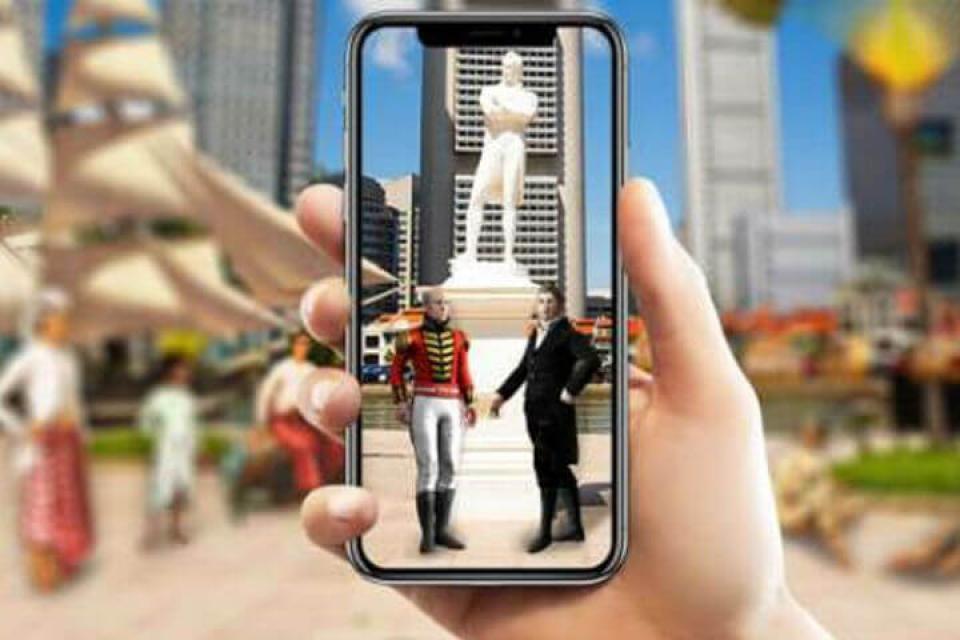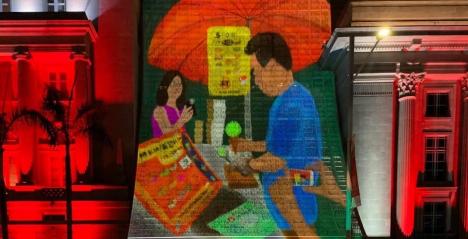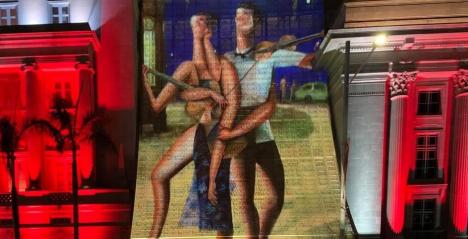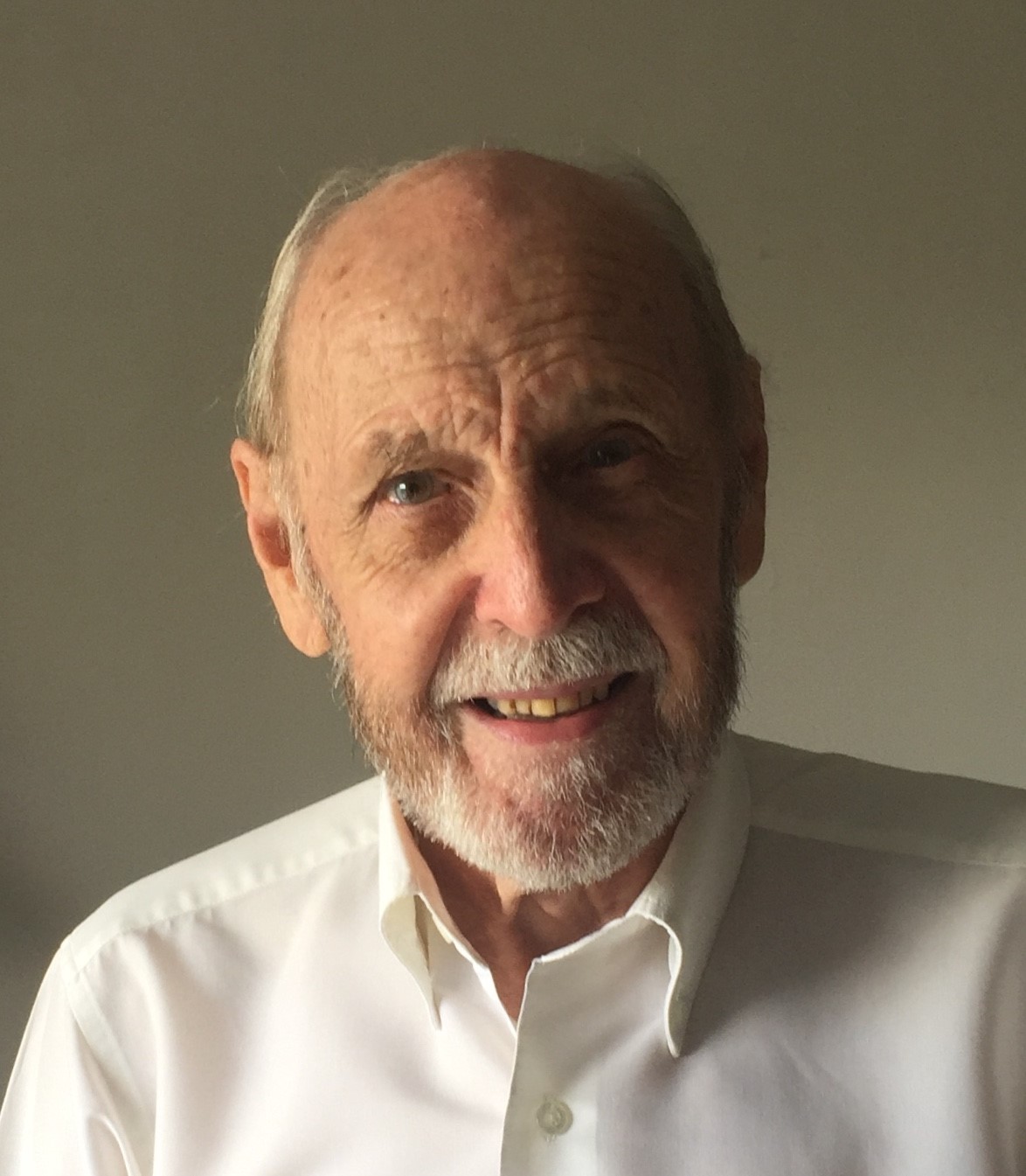A Smartphone app launched as part of the Singapore Bicentennial Commemoration projects Singapore's past onto the present to provide an immersive experience of significant events and places.
As part of the Singapore Bicentennial Commemoration, the National Heritage Board and the National Parks Board present BALIKSG, a new augmented reality (AR) trail that will bring visitors on an immersive journey along the Singapore River and around Fort Canning. From 28 January 2019, visitors can download the free BALIKSG smartphone app, and rediscover and experience for themselves – AR-style – significant events and places in our history. These include witnessing the signing of the 1819 treaty at the Padang, listening into a probable conversation between Sir Stamford Raffles and Major William Farquhar when they set foot on our shores, and revisiting Fort Canning back when it was known as Bukit Larangan and Government Hill.
Mr Nicholas Chen, Digital Manager at the National Heritage Board, said, “Many Singaporeans know about the landing of Raffles and Farquhar in 1819, or about coolies working along the Singapore River in the past. BALIKSG is an augmented reality trail that brings these events, places and personalities to life, allowing us to interact with them and immerse ourselves in Singapore as it was 200 years ago. We hope that through the stories that BALIKSG tells and the places it explores, Singaporeans will rediscover our history and experience it in a new way.”
BALIKSG projects the past onto the present, showing how the events and people featured have shaped Singapore, and how far we have progressed as a nation. By presenting our history and heritage in a fun and interactive manner that appeals to the tech-savvy generation of today, BALIKSG will help more Singaporeans understand and appreciate the significance behind our Bicentennial Commemoration. BALIKSG also acts as a bridge to our museums and National Collection, which were key reference points for creating the contents of the AR trail.
BALIKSG will feature two different trails:
Singapore River Trail From 28 January 2019
The Singapore River has served as an artery of international commerce that attracted people from all over the region to seek their fortunes on this island. Revisit historical events and meet the early settlers who called Singapore home, including a Baweanese pondok chief, Chinese coolies, Indian Chettiars, and even Raffles and Farquhar! Witness the first 100 years of development around the Singapore River.
Length of trail: 2km | Duration: Approximately 1 hour by foot | Steps: Approx. 3,000
Fort Canning Trail From 1 June 2019
See Bukit Larangan through the eyes of Raffles, Farquhar and the early British explorers when they first arrived on the island, and experience what life was like on Government Hill in the 19th century. Peel back the layers of Fort Canning, and uncover the stories that lie beneath the Forbidden Hill.
Length of trail: 3km | Duration: Approximately 1.5 hours by foot | Steps: Approx. 4,500
Raffles’ Landing
Location: Raffles Landing Site (next to the Asian Civilisations Museum)
Sir Stamford Raffles and Major William Farquhar landed in Singapore on January 29, 1819. Raffles was an officer of the British East India Company tasked with establishing a trading post in the region. Assisted by Farquhar, Raffles selected Singapore as the new British settlement to replace Malacca. They wanted to meet Temenggong Abdul Rahman in order to sign a provisional treaty with him, which would allow them to set up a trading post on the island. At this stop, interact with them as they make their plans for the island, just after embarking on our shores for the first time.
Instructions for app:
- Locate and scan the AR image marker
- Read an introduction to Raffles’ Landing
- Swivel to explore the environment
- Select a conversation to hear Raffles’ and Farquhar’s dialogue
Crossing Bridges
Location: Elgin Bridge (pavement beside Parliament House)
As much as the Singapore River has been an important artery of commerce for our nation, the bridges that cross them have also been crucial to the movement of people and goods on our island. The fact that they are still used today is a testament to their significance and the planning of the early builders, though changes from their original forms and purposes have taken place. Find out how bridges such as the Elgin Bridge, Cavenagh Bridge and Anderson Bridge have evolved.
Instructions for app:
- Locate and scan the AR image marker
- Read an introduction to Crossing Bridges
- Tap on the drone to launch it into flight
- Tap on the hotspots to find out more about the history of each bridge
Signing Of The 1819 Treaty
Location: In front of National Gallery of Singapore, facing the Padang
Go back in time to experience one of the most significant events in our history: The signing of a treaty between Sir Stamford Raffles, Temenggong Abdul Rahman and Sultan Hussein Shah of Johor, allowing the British East India Company to set up a trading post in Singapore.
Instructions for app:
- Locate and scan the AR image marker
- Read an introduction to Signing Of The 1819 Treaty
- Find the book and tap on it to start
- Step through the AR door to travel back in time to witness the signing of the treaty
- Tap on the hotspots to learn more
Singapore’s First Town Plan
Location: Esplanade Park
What were Sir Stamford Raffles’ thoughts when he instructed Lieutenant Philip Jackson to draw a town plan for Singapore? How has Singapore changed since 1822? This blueprint, titled “Plan of the Town of Singapore”, was drafted by Lieutenant Jackson, the British East India Company engineer and land surveyor tasked with overseeing Singapore’s development by Raffles, and what he put on paper in 1822 still affects our city today. This urban plan is also referred to as the Jackson Plan, or the Raffles Town Plan.
Instructions for app:
- Locate and scan the AR image marker
- Read an introduction to Singapore’s First Town Plan
- Walk closer to the draughtsman’s table
- Tap on the map and guess where each community settled under Singapore’s First Town Plan
Singapore’s First Financiers
Location: Empress Lawn
Do you know where small and medium-sized enterprises got their capital in the 19th century? The Chettiars, a subgroup of the Tamil community who originated from Chettinad in Tamil Nadu, India, were Singapore’s first financiers. Traditionally, the Chettiars were involved in the trade of precious stones, but later became private bankers and moneylenders, establishing their presence in Singapore as early as the 1820s. They plied their trade at Market Street, usually on a low desk on a woven mat, and were precursors to the huge financial institutions in the area today. Come hear a Chettiar’s story.
Instructions for app:
- Locate and scan the AR image marker
- Read an introduction to Singapore’s First Financiers
- Look for the Chettiar and select a conversation to hear what he has to say
The Men Who Built This City
Location: Empress Lawn
Coolies were impoverished, unskilled Chinese immigrants who had come to Singapore to seek their fortunes, but ended up as contracted labourers who worked in industries such as construction, agriculture, shipping, mining and rickshaw-pulling. Coolies carrying gunny sacks of commodities were a common sight along the banks of the Singapore River. Where did they come from and what was their life like? Listen to a coolie talk about his struggles, and dreams of a new life in a strange land.
Instructions for app:
- Locate and scan the AR image marker
- Read an introduction to The Men Who Built This City
- Look for the coolie and select a conversation to hear what he has to say
Meet The Chief
Location: Boat Quay (beside Cavenagh Bridge)
When Baweanese immigrants arrived in Singapore in the 19th century from Pulau Bawean in East Java, they lived in communal shelters called pondoks. A pondok was led by a pondok chief, also known as a pak lurah, who took charge of the welfare of the pondok’s residents, and also financial and religious matters. More than just a dwelling space, pondoks were a social institution that took care of newly arrived Baweanese, and helped them settle in a foreign land. Come meet the pondok chief, and learn about his many responsibilities.
Instructions for app:
- Locate and scan the AR image marker
- Read an introduction to Meet The Chief
- Look for the pondok chief and select a conversation to hear what he has to say
Changing The Course Of History
Location: Boat Quay (in front of UOB Plaza)
The Singapore River has been central to our history. With a naturally sheltered port at its mouth, it became the island’s centre of business and trade which the city grew around, crowded with bumboats full of goods, and shophouses and godowns (warehouses) lining its banks. In recent years, the river has been transformed after a massive clean-up, and today it is a tourist attraction packed with bars, restaurants and shops. What did the river look like in the 1880s? BALIKSG lets you find out.
Instructions for app:
- Locate and scan the AR image marker
- Read an introduction to Changing The Course of History
- Pan around to explore and see how the river was like in the 1880s
- Tap on the hotspots to find out more
More information of the Fort Canning Trail will be made available in June 2019. BALIKSG can be downloaded for free through the App Store and Google Play store from 28 January 2019. Visit www.balik.sg for more information. For social posts, do hashtag #baliksg.
Please visit www.bicentennial.sg for more information on the Singapore Bicentennial Commemoration.














